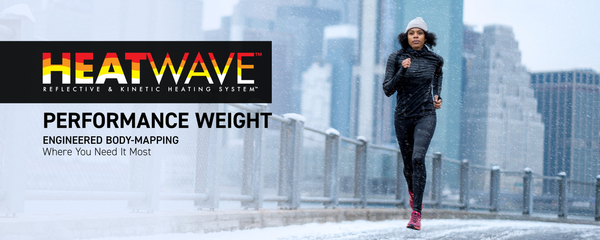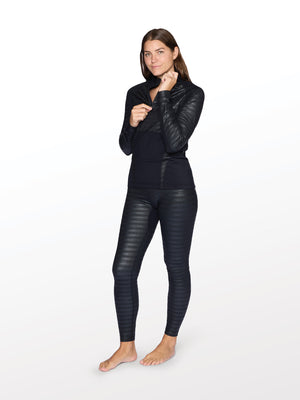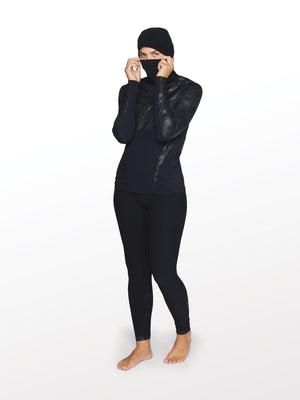Performance Base Layer
8 products
Mens Heatwave™ Performance Base Layer Crew Top
Mens Heatwave™ Performance Base Layer Crew Top
Women's Heatwave™ Performance Base Layer 1-4 Zip Crew Top
Women's Heatwave™ Performance Base Layer 1-4 Zip Crew Top
Men's Heatwave™ Performance Base Layer Bottom
Men's Heatwave™ Performance Base Layer Bottom
Women's Heatwave Performance Base Layer Bottom
Women's Heatwave Performance Base Layer Bottom
Mens Heatwave™ Performance Base Layer ¼ Zip Mock Neck Top
Mens Heatwave™ Performance Base Layer ¼ Zip Mock Neck Top
Women's Heatwave™ Performance Base Layer ¼ Zip Mock Neck Top
Women's Heatwave™ Performance Base Layer ¼ Zip Mock Neck Top
Mens Heatwave™ Performance Base Layer Quick Hoodie Top
Mens Heatwave™ Performance Base Layer Quick Hoodie Top
Womens Heatwave™ Performance Base Layer Quick Hoodie Top
Womens Heatwave™ Performance Base Layer Quick Hoodie Top
The Ultimate Warm Base Layer & Thermal Bottoms
Performance Base Layer FAQs
Are base layers different than thermals?
While thermals were initially coined as the original term for undergarments designed to provide warmth in cold weather, the concept has evolved over the years into what is now commonly referred to as base layers. While both thermals and base layers share common features, base layers have embraced a more versatile approach to outdoor comfort and warmth. Unlike traditional thermals, which were specifically tailored for cold weather and insulation, modern base layers are designed to be adaptable to various climates, accommodate diverse core body temperature needs, and cater to a range of activity intensities. This evolution has made base layers suitable for a wider array of unique requirements beyond their original cold-weather insulation purpose.
Should base layers be tight or loose?
Base layers should fit snugly but not be overly tight. A close fit helps with insulation and moisture-wicking, ensuring optimal comfort and performance.
What cold weather base layers do I need?
The number of base layer sets you need depends on several factors. With Seirus base layer sets, a single set often suffices, but it's wise to consider the climate, planned activity, and your core body temperature when deciding how many sets to have on hand. Colder temperatures require thicker base layers, while specific activities demand varying levels of insulation and breathability. Additionally, individual cold sensitivity varies, with some people naturally generating more body heat than others.
What Base Layers are great for extremely cold weather?
The Body-Mapped Performance Base Layer is the best choice for high activity in extreme cold. With focused areas dedicated to advanced wicking while still including heatwave in targeted zones to increase heat where you need it, this dynamic option will be as active as you are in supporting your overall warmth and comfort.










